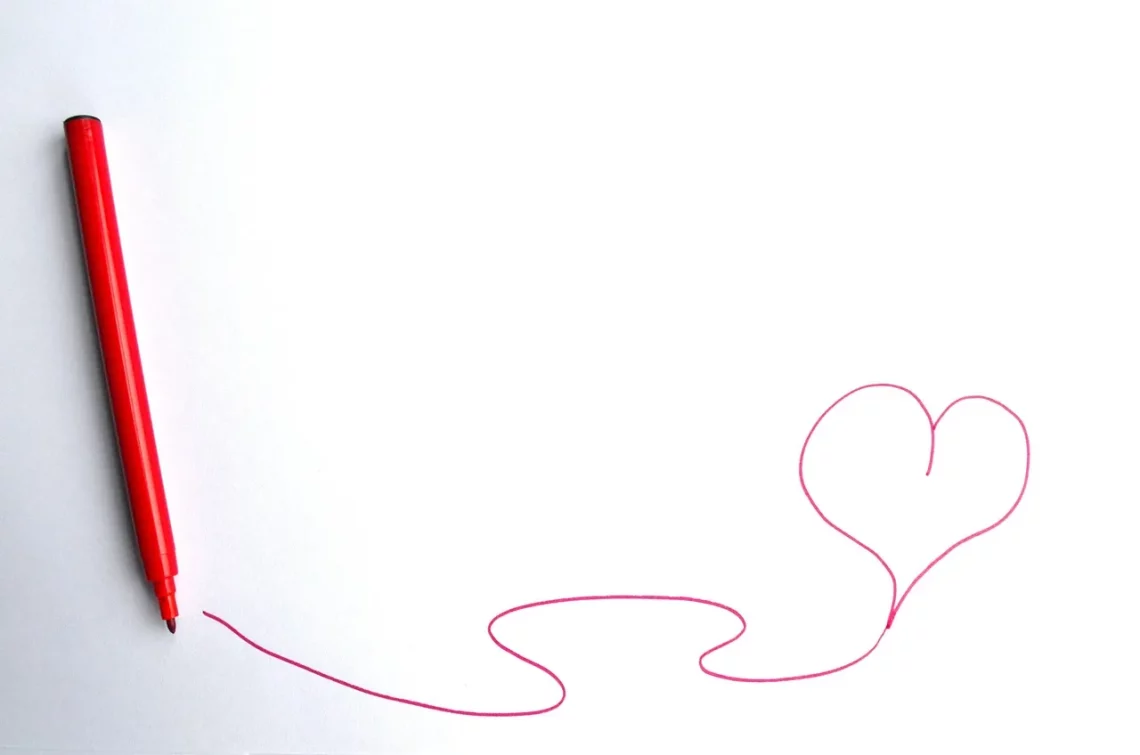
The Allure of the Seductive Wife: Unveiling Hidden Desires
The concept of desire has long captivated the human experience, weaving its way through literature, art, and the very fabric of relationships. Within this intricate web, the figure of the seductive wife stands out, embodying a multifaceted persona that intrigues and entices. This archetype is not merely a character in stories or films; she represents a complex interplay of power, allure, and hidden desires that resonate deeply within the psyche of individuals.
As the notion of the seductive wife evolves, it invites exploration into the layers of attraction, intimacy, and the dynamics of marital relationships. The allure of this figure can evoke feelings ranging from admiration to envy, and her presence often ignites discussions about fidelity, love, and the inherent complexities of human connection. In a world where societal norms are continually shifting, the seductive wife becomes a symbol of both liberation and constraint, challenging traditional views on marriage and fidelity.
In this exploration, we delve into the various dimensions that contribute to the allure of the seductive wife, examining the cultural, psychological, and relational factors that make her a compelling figure in both fiction and reality. What drives the fascination with such characters? How do they reflect our own desires and fears? By unraveling these themes, we can gain a deeper understanding of not only the seductive wife but also the intricate nature of desire itself.
The Seductive Wife in Literature and Film
Literature and film have long been fertile grounds for exploring the theme of seduction, with the archetype of the seductive wife appearing in various forms across genres. From classic novels to contemporary cinema, this character often embodies traits that evoke both admiration and caution. In literary works, she is frequently portrayed as a figure of empowerment, using her allure to navigate the complexities of love and relationships.
For instance, characters like Anna Karenina in Leo Tolstoy’s masterpiece illustrate the tumultuous nature of desire and infidelity. Anna’s passionate affair leads her to challenge societal norms, ultimately highlighting the tension between personal happiness and social expectations. The seductive wife in such narratives serves as a mirror reflecting the struggles individuals face when grappling with their own desires versus their obligations.
In film, the portrayal of the seductive wife often takes on a more visual dimension, using cinematography and performance to amplify her allure. Characters like Catherine Tramell in “Basic Instinct” exemplify the dangers and excitement associated with seduction. These portrayals not only captivate audiences but also provoke discussions about gender roles, power dynamics, and the consequences of unchecked desire.
Moreover, the seductive wife often exists in a liminal space, where she challenges traditional notions of femininity and marital fidelity. This complexity makes her a compelling figure in storytelling, inviting viewers and readers to grapple with their own perceptions of love, desire, and morality.
Psychological Underpinnings of Desire
The allure of the seductive wife can also be understood through psychological lenses, particularly in the context of human desire and attraction. Various theories shed light on why individuals are drawn to this archetype, revealing insights into the complexities of human relationships.
One prominent theory is the “forbidden fruit” phenomenon, which posits that individuals are often more attracted to what is deemed unattainable or taboo. The seductive wife embodies this notion, as her allure often lies in her ability to challenge boundaries and societal norms. This sense of danger can heighten attraction, making her an object of desire that is both thrilling and risky.
Additionally, the concept of fantasy plays a significant role in the allure of the seductive wife. Many individuals harbor fantasies that involve power dynamics, seduction, and the exploration of hidden desires. The seductive wife, with her confidence and charisma, often embodies these fantasies, allowing individuals to escape into a world where they can explore their own desires without the constraints of reality.
Furthermore, attachment theory provides another lens to examine this phenomenon. Individuals with insecure attachment styles may be particularly drawn to the seductive wife, as her allure can evoke feelings of excitement and validation. This dynamic can create a push-and-pull effect, where the individual is both attracted to and fearful of the potential consequences of pursuing such a relationship.
Understanding these psychological underpinnings allows us to recognize the complexities of desire and the allure of the seductive wife. It highlights how our own experiences, fears, and fantasies shape our perceptions of attraction and intimacy.
The Role of Cultural Narratives
Cultural narratives play a pivotal role in shaping our understanding of the seductive wife and the dynamics of desire. Societal norms, historical contexts, and media representations all contribute to the construction of this archetype, influencing how individuals perceive and engage with concepts of attraction and fidelity.
Throughout history, different cultures have celebrated or vilified the notion of seduction. In some societies, the seductive wife is viewed as a powerful figure, embodying femininity and agency. In others, she may be demonized, representing the dangers of unchecked desire and the threat to family structures. These cultural narratives are often reflected in art, literature, and media, shaping public perceptions and attitudes toward relationships.
In contemporary society, the seductive wife is often depicted in popular media as a symbol of empowerment, challenging traditional gender roles and expectations. Shows and films that feature strong female characters who embrace their sexuality can resonate with audiences, prompting discussions about autonomy, choice, and the complexities of modern relationships.
However, this portrayal is not without its pitfalls. The seductive wife can also perpetuate harmful stereotypes, suggesting that women must conform to specific ideals of beauty and behavior to be deemed desirable. This duality highlights the ongoing tension between empowerment and objectification, raising important questions about how society views women and their roles in relationships.
By examining the cultural narratives surrounding the seductive wife, we can better understand how societal attitudes influence individual perceptions of desire and intimacy. This awareness allows for a more nuanced exploration of relationships, encouraging conversations about agency, consent, and the complexities of human connection.
Navigating Relationships with the Allure of the Seductive Wife
When it comes to relationships, the allure of the seductive wife can have profound implications for both partners involved. While her presence can ignite passion and excitement, it can also introduce challenges that require careful navigation. Understanding how to engage with this dynamic is essential for fostering healthy, fulfilling relationships.
Communication plays a crucial role in addressing the complexities that arise from the allure of the seductive wife. Partners must be open and honest about their desires, fears, and boundaries. This dialogue can help mitigate misunderstandings and foster a deeper connection, allowing both individuals to explore their desires while maintaining mutual respect.
Additionally, it is important to recognize the potential for jealousy and insecurity that can arise in relationships influenced by the seductive wife archetype. Partners may struggle with feelings of inadequacy or fear of infidelity, which can lead to tension and conflict. By acknowledging these emotions and addressing them collaboratively, couples can work towards building trust and security.
Furthermore, engaging in self-reflection is vital for individuals navigating relationships with this allure. Understanding one’s own desires, boundaries, and motivations can provide clarity and help individuals make informed choices about their relationships. This self-awareness can empower partners to embrace their own identities while appreciating the complexity of attraction and intimacy.
Ultimately, navigating relationships influenced by the seductive wife requires a delicate balance of desire, communication, and self-awareness. By fostering open dialogue and mutual understanding, individuals can create a healthy dynamic that honors both the allure of attraction and the commitment to one another.
In conclusion, the allure of the seductive wife serves as a captivating exploration of desire, intimacy, and the complexities of human relationships. By examining her role in literature, psychology, culture, and relationships, we can gain deeper insights into our own desires and the dynamics that shape our connections with others. Engaging with this archetype invites us to reflect on our perceptions of love, fidelity, and the intricate nature of attraction, ultimately enriching our understanding of the human experience.




